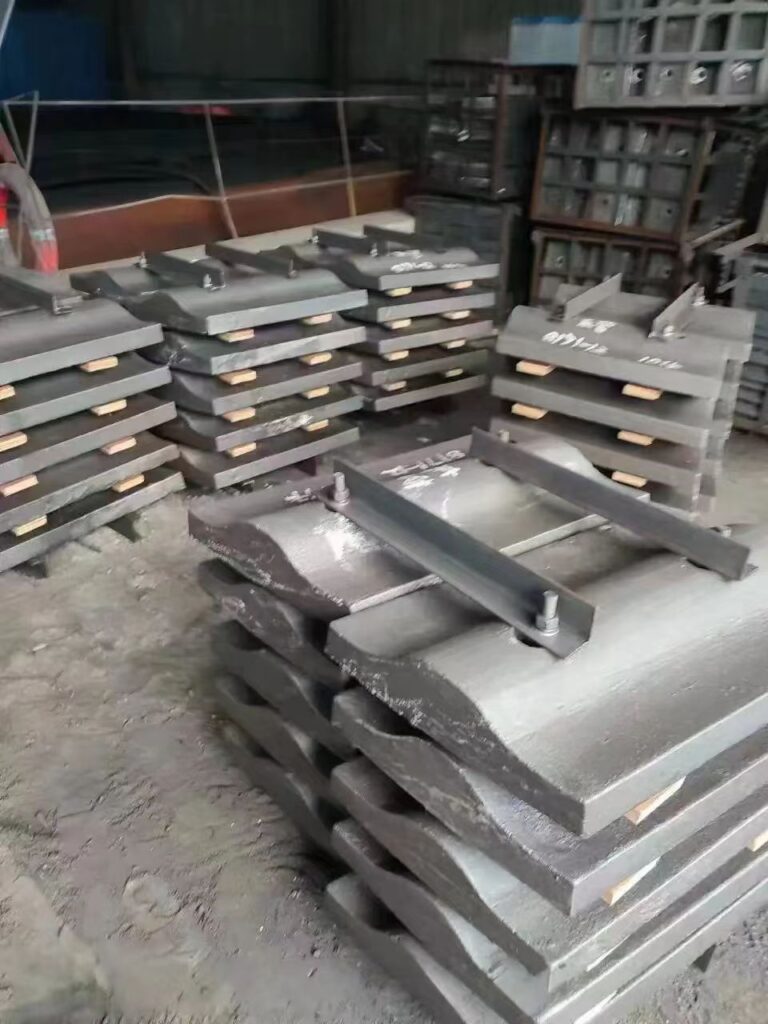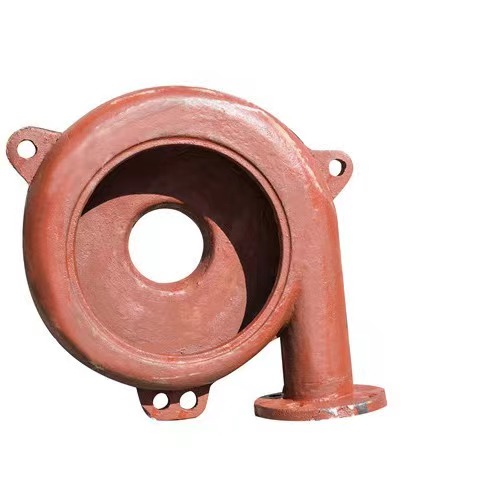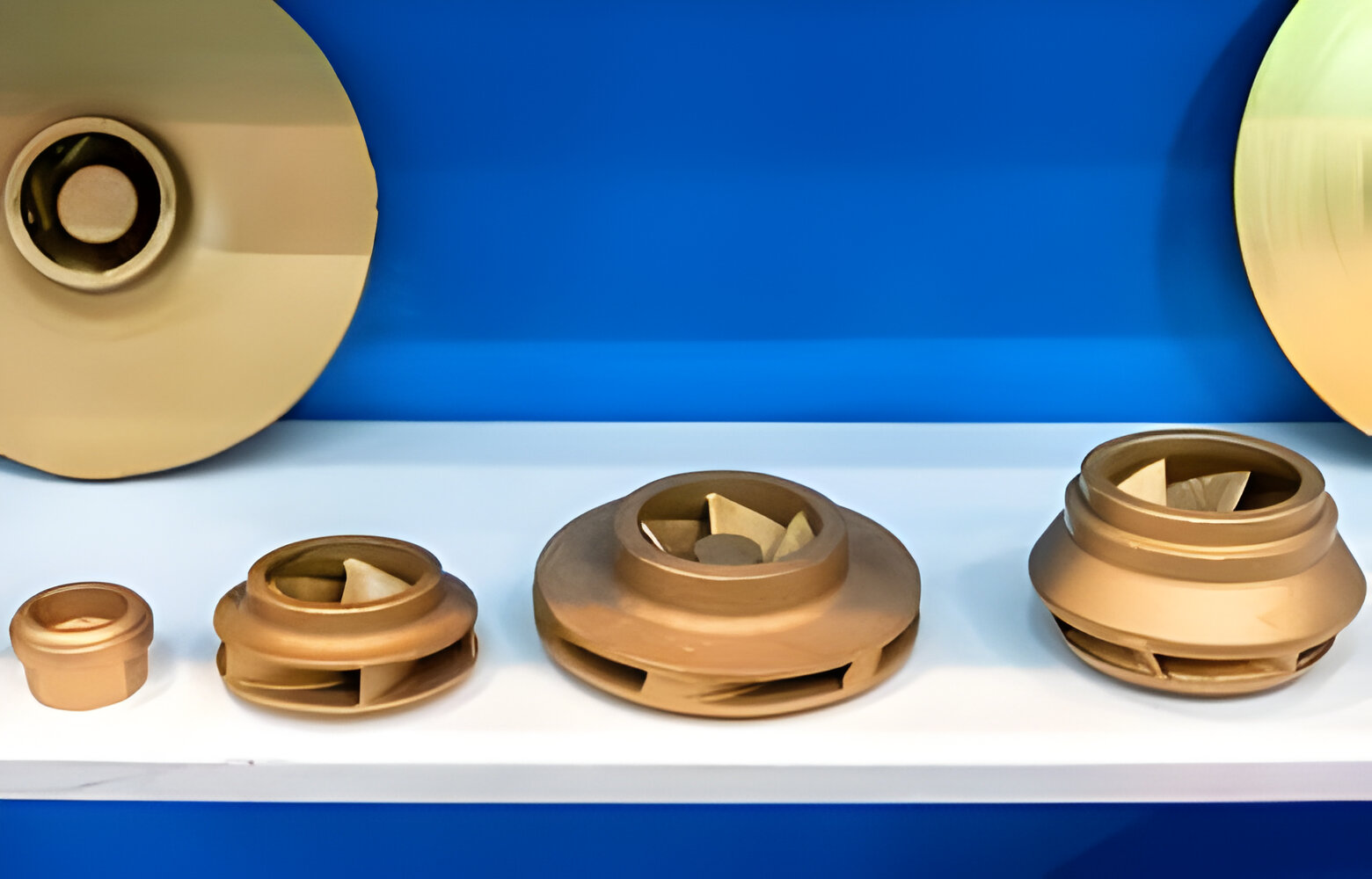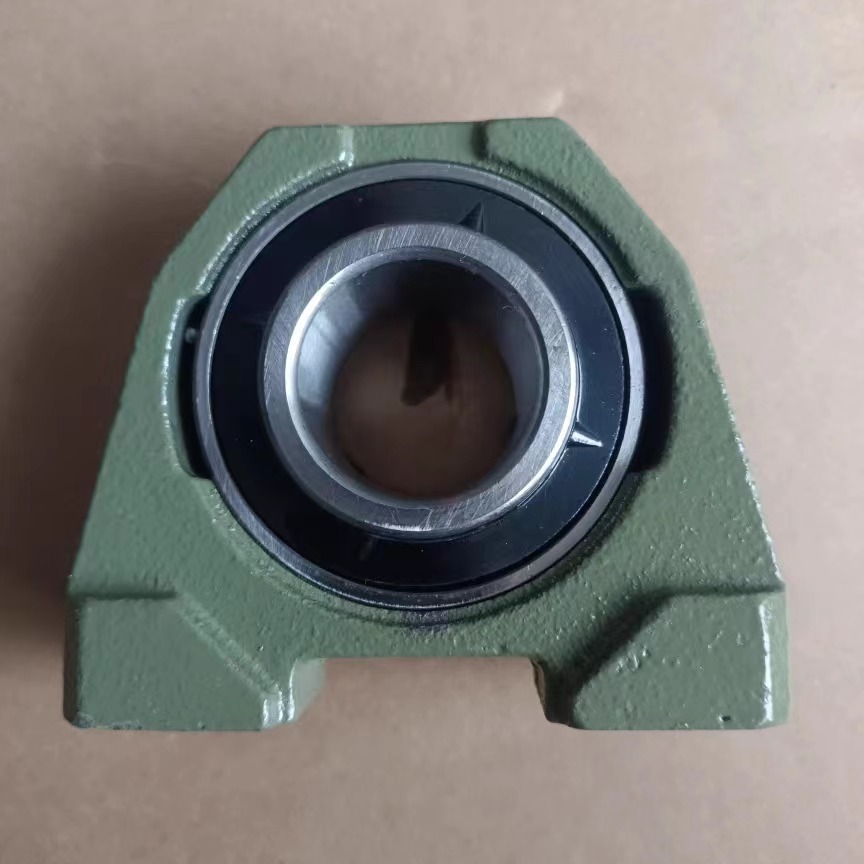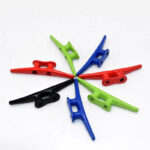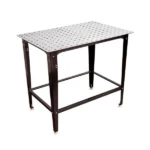Introduction: The Critical Role of Shell Liners in Ball Mill Performancen
Ball mill shell liners are not merely protective layers; they are engineered components that directly influence grinding efficiency, energy consumption, and operational longevity. Industry data reveals that improper liner maintenance can lead to unplanned downtime costing over $500,000 annually for mid-sized mining operations. For bulk purchasers, optimizing liner performance is not just a technical concern—it’s a strategic financial decision.
---At KT-Foundry, we recognize that proactive liner management can extend service life by 30% or more, translating to measurable reductions in replacement costs and production losses. This article outlines a systematic approach to installation and maintenance, designed to empower decision-makers to maximize ROI.
1. Pre-Installation Preparations: Laying the Foundation for Successn
1.1 Liner Quality Assurancen
Before installation, conduct a rigorous inspection:
Material Integrity: Verify certifications for wear-resistant alloys (e.g., high-chromium steel) or rubber compounds. Substandard liners accelerate wear and increase replacement frequency.
Dimensional Accuracy: Use laser scanning to ensure compliance with design specifications. Even minor deviations can cause uneven stress distribution.
For specialized alloys tailored to abrasive environments, explore KT-Foundry’s Crusher & Mill Component Solutions.
1.2 Cylinder Surface Preparationn
Residue Removal: High-pressure water jets eliminate residual debris without damaging the mill’s interior.
Surface Rehabilitation: Repair corrosion or dents using arc spraying—a cost-effective alternative to full cylinder replacement.
1.3 Safety & Tool Readinessn
Equip teams with torque multipliers (for precise bolt tightening) and anti-vibration gloves.
Mandate OSHA-compliant training to mitigate installation risks.
2. Installation: 5 Steps to Precision and Durabilityn
Step 1: Pattern Alignmentn
Follow the manufacturer’s layout diagram to stagger liner seams, minimizing peak stress points.
Use temporary clamps for positioning—never weld liners to the cylinder.
Step 2: Bolt Tightening Protocoln
Apply a three-stage tightening sequence: 50% initial torque → 100% final torque → recheck after 72 hours.
Use thread-locking adhesives to combat vibration-induced loosening.
Step 3: Gap Managementn
Maintain ≤2mm gaps between liners. Overfilling with epoxy resin prevents slurry leakage.
Step 4: Post-Installation Testingn
Conduct a 4-hour no-load run, monitoring vibration levels (target: ≤4mm/s RMS).
KT-Foundry’s engineered liners incorporate pre-machined bolt holes to streamline installation accuracy.
3. Maintenance: 5 Proactive Strategies to Delay Replacement Cyclesn
3.1 Scheduled Inspectionsn
Weekly visual checks for cracks or bolt loosening.
Monthly thickness measurements using ultrasonic gauges.
3.2 Lubrication Optimizationn
Apply high-temperature lithium grease to bolt threads quarterly.
3.3 Wear Monitoringn
Track liner thickness against operational hours. Replace at 30% of original thickness to avoid catastrophic failure.
3.4 Targeted Repairsn
For high-chrome liners, localized hardfacing restores worn edges.
Rubber liners benefit from polyurethane patching compounds.
3.5 Shutdown Overhaulsn
Replace all bolts during annual shutdowns—a minor expense compared to unplanned outages.
Bulk purchasers can leverage KT-Foundry’s custom liner designs to align with specific ore hardness and throughput requirements.
4. Troubleshooting Common Failuresn
Issue: Premature Bolt Fractures
Root Cause: Uneven torque distribution.
Solution: Replace manual tools with hydraulic tensioners for ±2% torque accuracy.
Issue: Abnormal Wear at Feed End
Root Cause: Incorrect liner angle for feed size.
Solution: Adopt multi-lift liner designs to distribute impact forces.
Issue: Slurry Leakage
Root Cause: Degraded sealant.
Solution: Switch to ceramic-reinforced epoxy for prolonged sealing.
5. Cost-Benefit Analysis: Why Preventive Maintenance Pays Offn
A 2023 case study involving a copper concentrator demonstrated:
52% reduction in annual liner costs after adopting predictive maintenance.
18-month liner lifespan vs. industry-average 12 months—achieved through precision installation and KT-Foundry’s abrasion-resistant alloys.
For bulk buyers, this equates to $120,000+ saved per mill annually—a compelling argument for partnering with suppliers offering technical support and material guarantees.
Conclusion: Strategic Partnerships for Long-Term Valuen
Maximizing ball mill ROI requires more than quality liners—it demands collaboration with suppliers who understand your operational challenges. At KT-Foundry, we combine ISO-certified manufacturing with lifecycle support, including:
Free liner health audits to identify cost-saving opportunities.
Bulk purchase discounts for integrated liner-and-bolt kits.
Download our Ball Mill Maintenance Checklist to institutionalize best practices across your fleet.
Appendix
Liner Wear Rate Calculator (Excel Template).
ASTM Material Standards Cross-Reference Guide.
Subtle Call-to-Action Integrationn
Case Study Reference: Highlighting cost savings from "KT-Foundry’s abrasion-resistant alloys" implies product superiority without direct promotion.
Resource Links: Guides and checkpoints subtly direct readers to KT-Foundry’s domain.
Bulk Purchase Incentives: Mentioning fleet-wide discounts appeals to procurement decision-makers.
The tone balances technical authority with strategic value, positioning KT-Foundry as a partner rather than a vendor.

